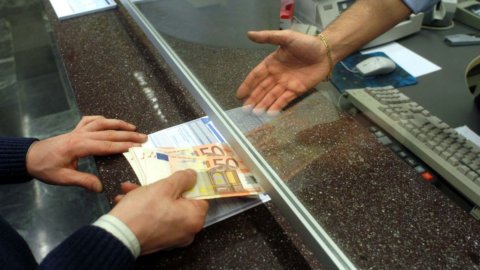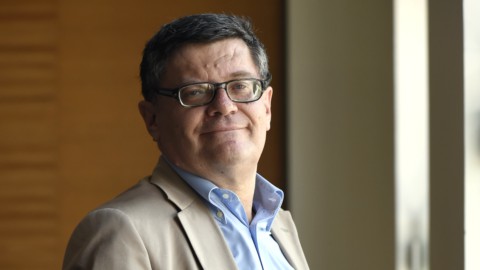In Bolotana, in the heart of Sardinia, it will be built one of the largest photovoltaic plants in Italy. Acea Solar – a wholly owned subsidiary of Acea Produzione – obtained the “Environmental Impact Assessment” and the “Single Authorisation” from the Sardinia Region. With an installed capacity of approximately 85 megawatt hours, the plant will enter into operation in the first half of 2024.
“The Bolotana plant – he commented Joseph Gola, CEO of the Roman multi-utility – represents a further significant step forward in our growth path in the photovoltaic sector, in line with the development plan in the renewable energy sector which integrates the Group's industrial objectives with the sustainability targets. The plant, one of the largest in Italy, will in fact offer a significant contribution to the country's energy transition and decarbonisation process".
A mega photovoltaic plant of 140 hectares
The site, covering approximately 140 hectares, will be connected to the high voltage grid in Terna's new electricity station called “Ottana 2”, built within the same industrial area. The project also includes the construction of a 10MWh energy storage system which will supply electricity in the phases of the day in which generation from renewable source. The system as a whole will contribute to the stability of the grid and to the supply of electricity for 170 GWh/year, equal to the annual needs of approximately 50 households and corresponding to more than 70/tons of CO2 avoided per year, compared to a equivalent production from fossil sources.
Acea Solar, for its part, will undertake to guarantee the protection of the habitat and the local ecosystem in all phases of the project for safeguard biodiversity of the area. Inside the perimeter, interventions will be made, the group explains in a note, with the sowing of a perennial lawn, while outside the affected area, for an extension equal to twice the size of the plant, favorable conditions will be maintained or created in the presence of protected species.





